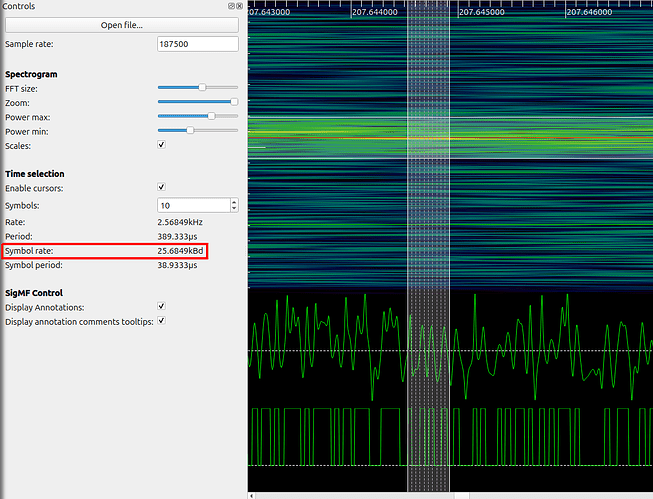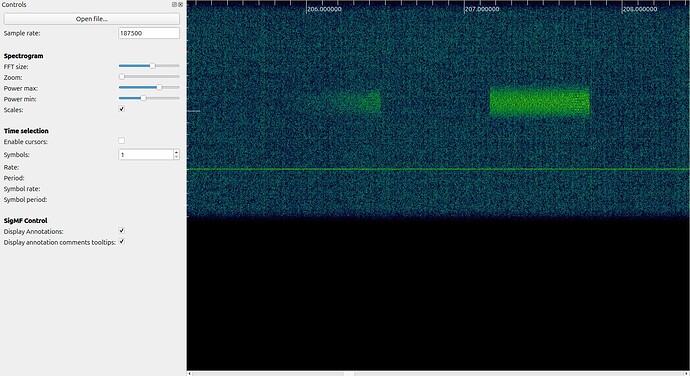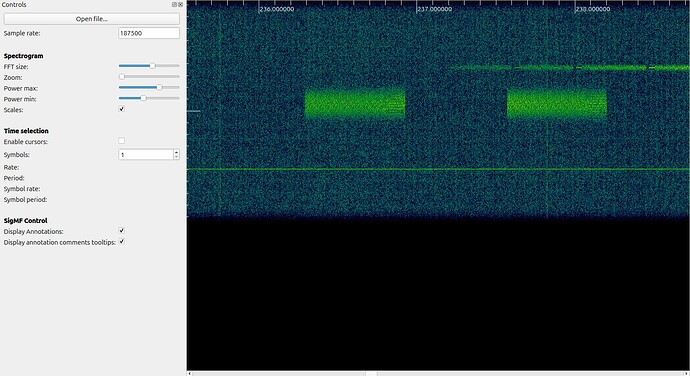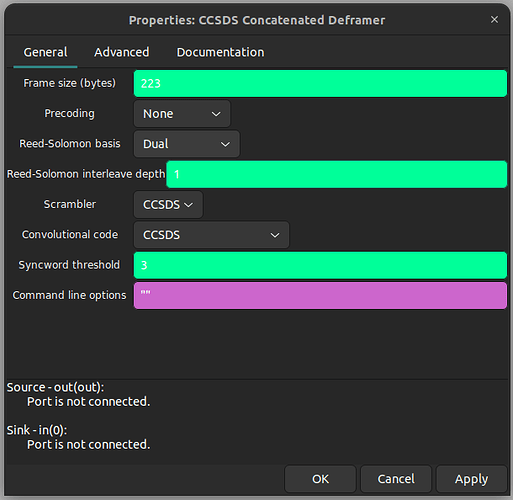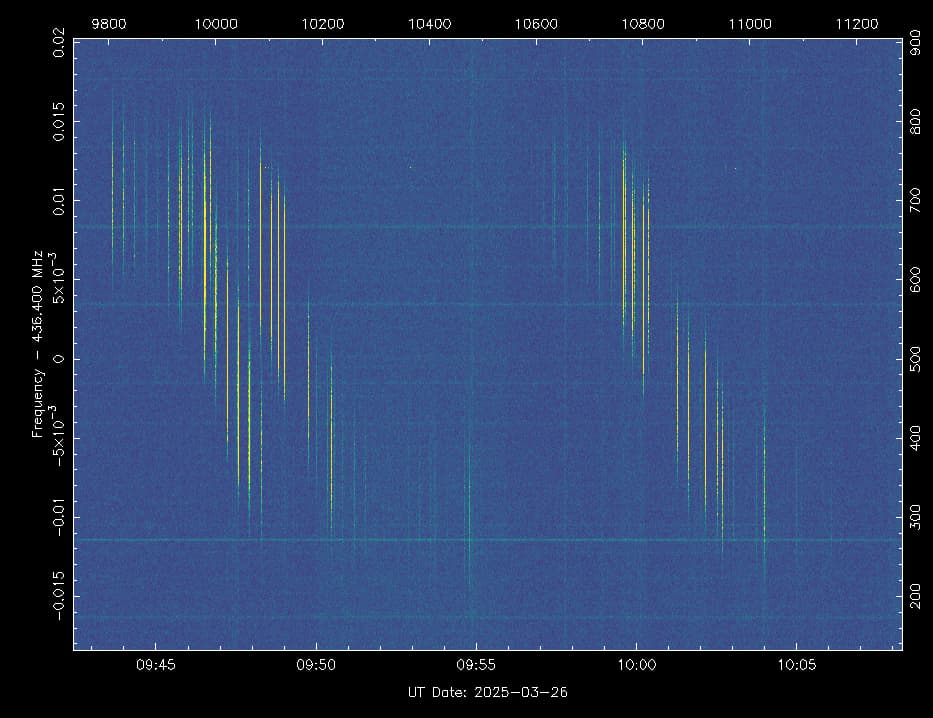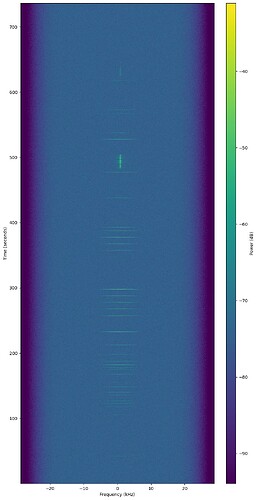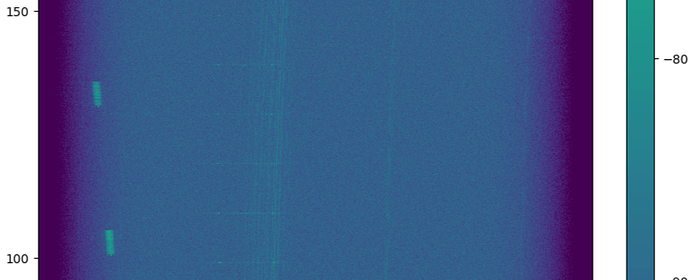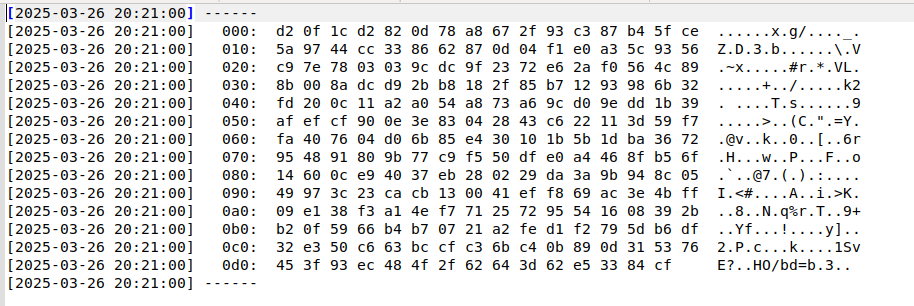Thanks for the confirmation. I’ve pretty much filled up the drive space on QSL.net (heard from them), so I’ll remove that GB+ I/Q file.
Hello everyone,
We confirm that the signal received by @K4KDR is not from HERMES H1.
We would like to inform you that we have not succeeded in receiving the beacon from HERMES H1 or HERMES H2. As a result, the release of HERMES H3, scheduled for tomorrow, has been put on hold while we continue searching for H1 and H2. No contact has been established, and none of the posted waterfalls appear to show the signal we are looking for.
We kindly ask for your continued help and support in locating the satellites’ beacons. The most recently updated TLEs from our launch service provider are:
HERMES (H1)
1 00001U 25045A 25083.29468750 +.00015584 +00000-0 +32766-2 0 00019
2 00001 097.3796 338.1189 0012983 032.8183 327.1795 15.13578724000002
HERMES (H2)
1 00001U 25045A 25084.28431713 +.00015593 +00000-0 +32766-2 0 00018
2 00001 097.3833 339.0894 0007113 076.4640 283.5026 15.15603533000009
Thanks for your help,
Francesco from the HERMES team
Thanks for the HERMES update!
TLE with SatNogs ID#'s:
HERMES (H1)
1 98615U 25045A 25083.29468750 +.00015584 +00000-0 +32766-2 0 00017
2 98615 097.3796 338.1189 0012983 032.8183 327.1795 15.13578724000000
HERMES (H2)
1 98614U 25045A 25084.28431713 +.00015593 +00000-0 +32766-2 0 00015
2 98614 097.3833 339.0894 0007113 076.4640 283.5026 15.15603533000006
Something possibly different tonight while monitoring for Hermes-H1/H2.
The time of these observations was 0400utc on 26-Mar-2025.
Two packets were captured at the appropriate RF bandwidth for 25k baud (the previously seen uHETSat packets were approximately 40k wide - as would be expected for 38k4).
Additionally, while there was not enough SNR to conclusively nail down a baud rate using Inspectrum, I did get enough resolution at a spot in one of the packets to accurately measure what turned out to be a baud rate of 25k.
I would love to use GNU Radio to decode these frames, but there are so many potential settings within the multiple CCSDS deframers that it’s just not practical to blindly try every combination. Thanks in advance if the Project Team could please clearly state what the exact settings are to decode these packets so that we can help confirm any sightings of your satellites.
An I/Q recording of that strongest packet is available at:
(32-bit float, sample rate = 187500)
@K4KDR What interval is between the two signals and what is their duration?
I’ve also spotted a similar signal in this observation:
https://network.satnogs.org/observations/11289302/
While the signals seem to follow the first TLE set we had for HERMES H2, there are three issues with it:
- With the new TLE for HERMES sats, none of them fit the signals
- The signal has ~2s duration, while we expect 1s.
- The signal has an interval of 30s, while we expect 20s from HERMES sats. Except if the middle signal belong to the other HERMES sat.
Let’s keep observing…
In my observation, each of those two marks in the waterfall is actually a 2-packet burst when looked at more closely in Inspectrum.
The first (weaker) signal is at the 206-second mark in my recording:
… as you can see, each packet is less than 1-second in duration w/ the two together taking up approximately 1.75 seconds.
The second (stronger) mark in the waterfall is at the 236-second point:
… and once again is in reality a 2-packet downlink w/ the same time duration described above.
Of course, we can’t know if these transmissions are both from the same satellite or if we’re looking at one transmission each from 2 different satellites.
Hope that helps!
Hello, @fcecio! Do you have example of how signal from your satellites should look like? IQ or even image would be nice
Info you mentioned above:
Mode: GFSK 25000
Frequency 401.5
Beacon every 20s
Encoding:
CCSDS 231.0-B-2: TC synchronization and channel coding
CCSDS 232.0-B-2: space data link protocol
CCSDS 131.0-B-2: TM synchronization and channel coding
CCSDS 132.0-B-2: TM space data link protocol
It looks like for the TEVEL2 1st group (1-6) I have posted previously a TLE that actually tries to fit the second group. I’m checking to generate an appropriate one for the first group (which starts to split into two groups too), for now I’m failing due to the fuzziness of the extracted data.
Far from accurate but will give us a good chance for getting better observations data, here is a TLE constructed to follow the 1st group of TEVEL2 satellites (1-6):
TEVEL2-1
1 98647U 25052B 25085.00000000 .00000000 00000-0 30005-3 0 02
2 98647 97.4482 355.1874 0005205 42.4020 287.4034 15.17002531 00
TEVEL2-2
1 98646U 25052B 25085.00000000 .00000000 00000-0 30005-3 0 01
2 98646 97.4482 355.1874 0005205 42.4020 287.4034 15.17002531 09
TEVEL2-3
1 98645U 25052B 25085.00000000 .00000000 00000-0 30005-3 0 00
2 98645 97.4482 355.1874 0005205 42.4020 287.4034 15.17002531 08
TEVEL2-4
1 98644U 25052B 25085.00000000 .00000000 00000-0 30005-3 0 09
2 98644 97.4482 355.1874 0005205 42.4020 287.4034 15.17002531 07
TEVEL2-5
1 98643U 25052B 25085.00000000 .00000000 00000-0 30005-3 0 08
2 98643 97.4482 355.1874 0005205 42.4020 287.4034 15.17002531 06
TEVEL2-6
1 98642U 25052B 25085.00000000 .00000000 00000-0 30005-3 0 07
2 98642 97.4482 355.1874 0005205 42.4020 287.4034 15.17002531 05
Hello,
sorry for the delay, the CCSDS deframer for HERMES should look something similar to the following configuration:
We are not able to decode the last IQ recording from @K4KDR, however, by inspecting it with inspectrum we are not excluding it could be our beacon. We will update you asap.
In the afternoon I will upload both a IQ recording from the HERMES flatsat and the related waterfall like @geoscan suggested.
Thank you all,
Francesco from HERMES team
Both myself and @fredy are trying to construct better TEVEL2 TLE, but at the moment it is almost impossible to distinguish signals.
Would it be possible to transmit signals alternately as in LASARSat. Below is an example.
Jan | PE0SAT
@fcecio does this look like your signal? Bandwidth is around 10-15 KHz though
Unfortunately no,
we are expecting a beacon every 20 seconds (not always sharp). Moreover the bandwidth is expected to be wider, as you are saying
Any news on the IQ recording we can examine ?
Updated TLE by @PE0SAT for ION SCV-017 and UVSQ-SAT-NG satellites:
ION SCV-017
1 98635U 25052X 25085.48144580 .00000000 00000-0 17501-2 0 08
2 98635 97.4434 340.6564 0004588 342.2991 69.9373 15.16689324 09
UVSQ-SAT NG
1 98638U 14900A 25084.45962509 .00000000 00000-0 29364-3 0 07
2 98638 97.7477 339.6106 0003498 302.8189 107.5967 14.90448256 08
EDIT: UVSQ-SAT-NG seems to be back and transmits again!
Hello everyone,
find here an IQ recording of the HERMES flatsat:
DISLAIMER: these recording are a bit old and are not fully representative of H1/H2 beacon period. Here the packets are 2 s apart but we expect to see two different beacons from each of the satellites. Each satellite transmits a packet every approximately 20 s, and another packet approximately every 30 s. Of course, the SNR is not representative as well. The shape of the packets, instead, is expected to be really close to the one provided in the recording. Tomorrow we will try to record an high fidelity IQ stream from the flatsat, after configuring it to match the satellites behavior.
Thank you,
Francesco from HERMES team
Thank you for the sample file!
I will review all my settings, but at first try it’s not decoding for me w/ the CCSDS deframer settings that you kindly provided previously.
Can you confirm that this sample uses those same settings?
Thanks!
Trying various settings in the ‘CCSDS Concatenated Deframer’ block, I get the following frame from your HERMES-H1/H2 test file:
… is that a valid HERMES frame?
The settings that produced it are:
Alternatively, with the ‘Scrambler’ set to ‘None’, the following frame is produced. By chance is THAT a valid HERMES-H1/H2 decode?

